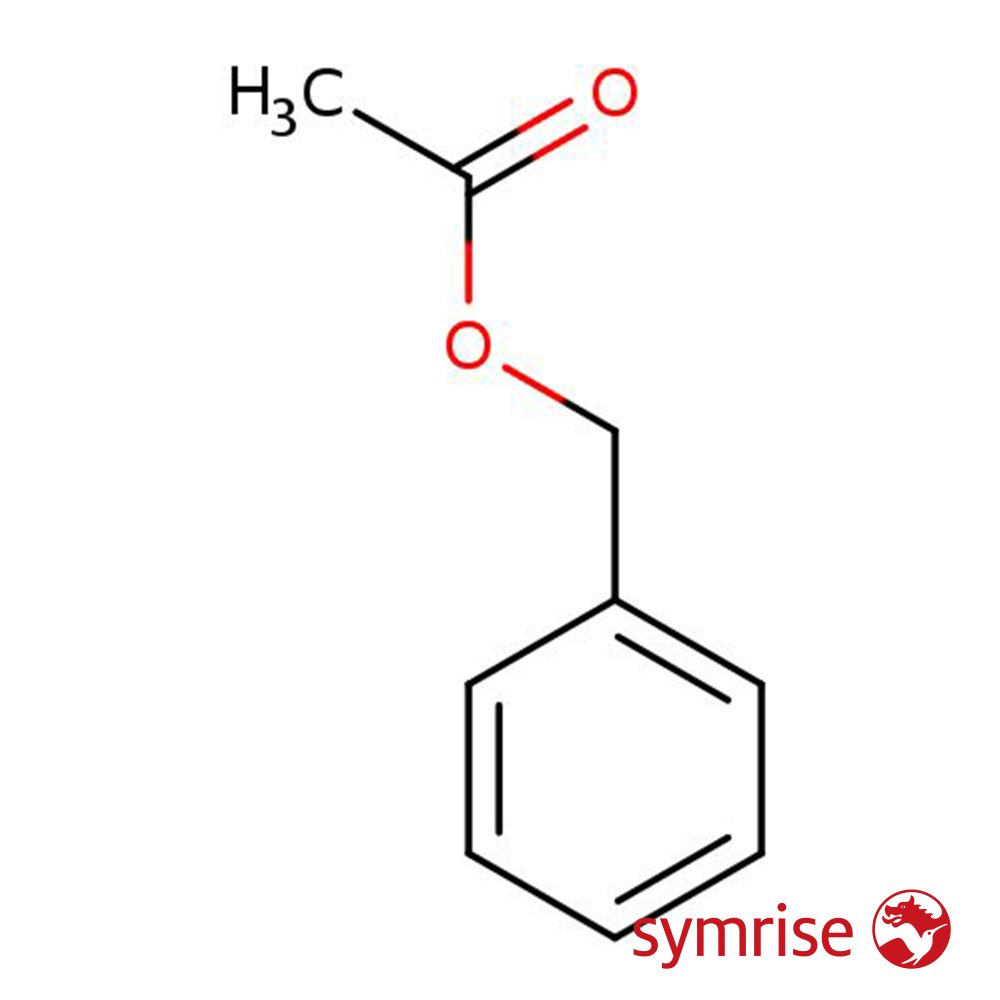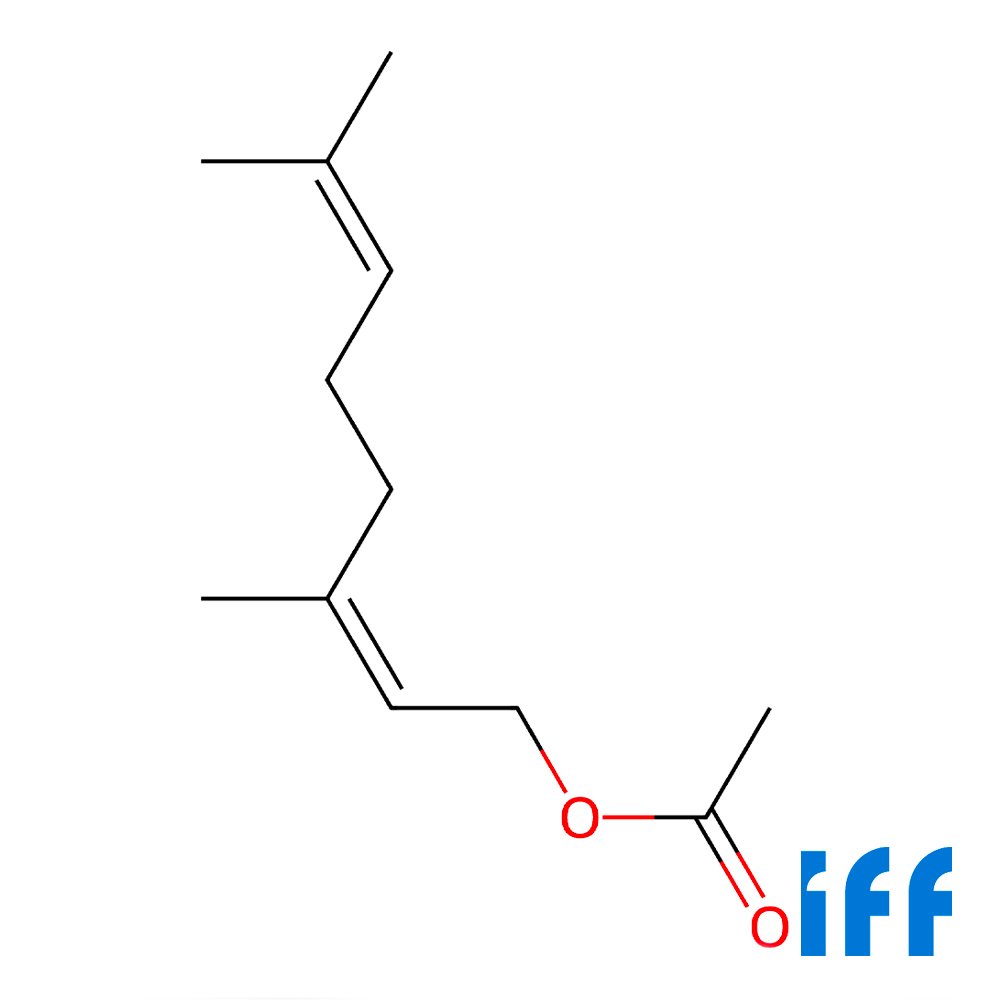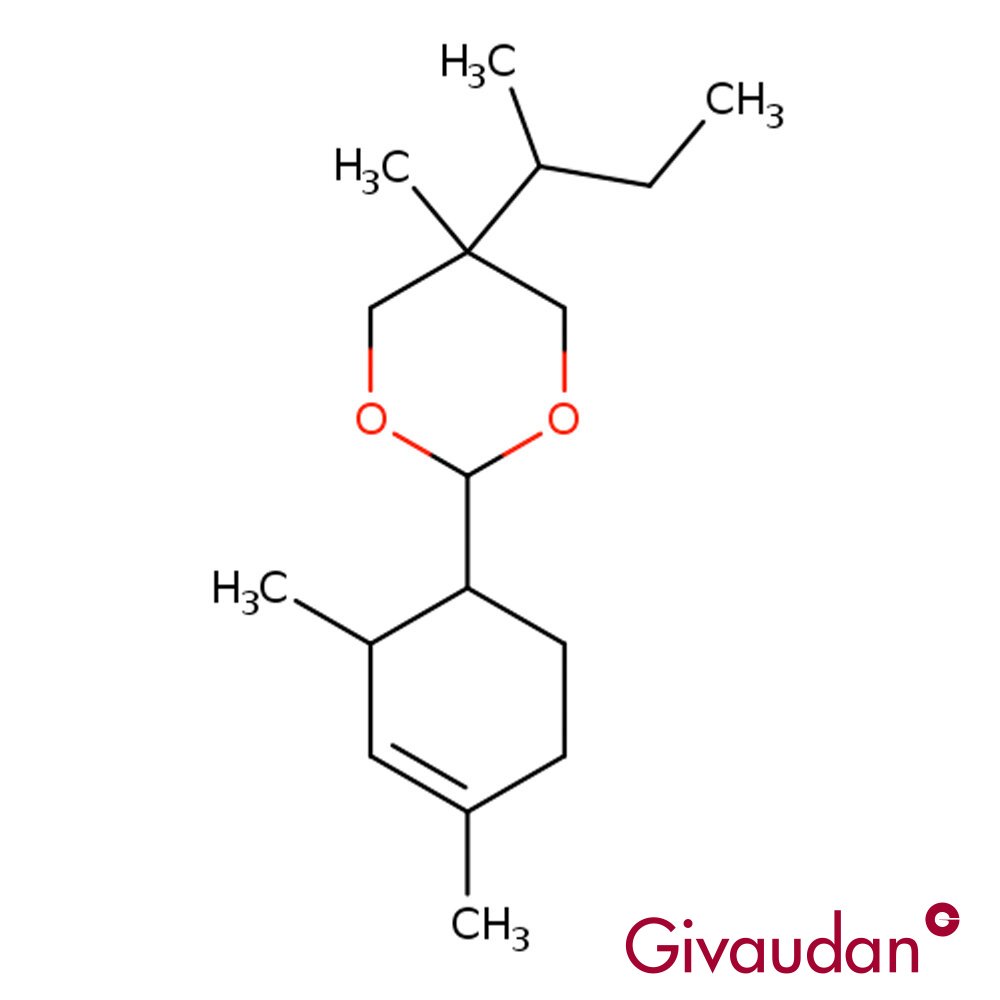Linalyl Acetate
Premium Synthetic Ingredient for Perfumery
Linalyl Acetate is a synthetic ester widely used in perfumery for its fresh, zesty, and slightly floral profile reminiscent of bergamot, lavender, and clary sage. It serves primarily as a modifier and top-note blender, often in citrus, herbal, and fruity compositions. Though common in personal care and fine fragrance, its limited soap stability requires solid fixation. Structurally related to linalool, it is an essential component in replicating the natural freshness of classic Mediterranean oils.
Premium Synthetic Ingredient for Perfumery
Linalyl Acetate is a synthetic ester widely used in perfumery for its fresh, zesty, and slightly floral profile reminiscent of bergamot, lavender, and clary sage. It serves primarily as a modifier and top-note blender, often in citrus, herbal, and fruity compositions. Though common in personal care and fine fragrance, its limited soap stability requires solid fixation. Structurally related to linalool, it is an essential component in replicating the natural freshness of classic Mediterranean oils.
Premium Synthetic Ingredient for Perfumery
Linalyl Acetate is a synthetic ester widely used in perfumery for its fresh, zesty, and slightly floral profile reminiscent of bergamot, lavender, and clary sage. It serves primarily as a modifier and top-note blender, often in citrus, herbal, and fruity compositions. Though common in personal care and fine fragrance, its limited soap stability requires solid fixation. Structurally related to linalool, it is an essential component in replicating the natural freshness of classic Mediterranean oils.
Synthetic Ingredient Overview
🔎 Chemical Name: 3,7-Dimethylocta-1,6-dien-3-yl acetate
🧪 Synonyms: Acetic acid linalyl ester
🧬 Chemical Formula: C₁₂H₂₀O₂
📂 CAS N°: 115-95-7
📘 FEMA: 2638
⚖️ MW: 196.29 g/mol
📝 Odor Type: Zesty, Fresh
📈 Odor Strength: Medium to low (top note)
👃🏼 Odor Profile: Fresh, zesty, lavender-like with bergamot and clary sage nuances; woody and faintly floral
👅 Flavor Profile: Fruity, pear-like with faint floral tones; used in pineapple, citrus, ginger spice blends (2–15 ppm)
⚗️ Uses: Floral-citrus modifier, top note booster, used in lavender, bergamot, petitgrain, and fruity accords
🧴 Appearance: Colorless to pale yellow liquid
What is Linalyl Acetate?
Linalyl Acetate is a naturally occurring monoterpene ester found in numerous essential oils, especially lavender, bergamot, clary sage, and petitgrain. Chemically, it is the acetate ester of linalool, and the two are often co-isolated or synthetically combined. The compound can be derived either by esterification of linalool or through total synthesis.
Its importance in perfumery lies in its mild but effective floral-zesty character, which adds lift and realism to citrus and herbal compositions. It is particularly abundant in Lavandula angustifolia (up to 60%), Lavandin (25–50%), and Bergamot oil (30–45%).
Olfactory Profile & Perfumery Applications
Linalyl Acetate features a clean, fresh, herbaceous top note with citrus-lavender character. Slightly floral and faintly woody, it imparts freshness and soft volume to top and heart notes. It plays a key role in:
Bergamot-forward compositions
Lavender and petitgrain-based colognes
Fruity top notes with pineapple, pear, or gooseberry
Fougère and aromatic accords
It performs synergistically with citronellol and geraniol esters, enhancing bergamot’s freshness and extending citrus lift. However, its poor performance in alkaline environments limits its use in soaps unless strongly fixed.
Industrial & Technical Uses
While primarily used in perfumery, Linalyl Acetate has minor flavoring applications:
Flavoring agent: Used in citrus and berry flavors (pear, pineapple, gooseberry, peach) at 2–15 ppm
Functional fragrance: Added to air fresheners and detergents with adequate fixation
Solubility: Insoluble in water; soluble in alcohol and organic solvents
Due to its relatively low odor tenacity, it is typically used in conjunction with stronger esters or fixed using base modifiers like coumarin, ionones, or benzyl salicylate.
Regulatory & Safety Overview
IFRA Limits: Regulated under IFRA for potential sensitization; check latest IFRA categories for concentrations
EU 1223/2009: May contain linalool and limonene; declarable if present above 0.001% in leave-on, 0.01% in rinse-off
FEMA: 2638 (listed)
ECHA Classification: Not classified as hazardous; REACH registered
Toxicology: Non-carcinogenic; may cause mild irritation at high concentrations or in UV-exposed applications
Phototoxicity: None recorded
✅ Compliant with typical fragrance safety thresholds under standard use levels in fine fragrance and cosmetics.
Additional Information
Natural vs Synthetic: Natural sources (lavender, clary sage) often provide higher complexity and better tenacity due to isomeric balance. Synthetic versions may offer a cleaner, but less complex profile.
Stability: Prone to hydrolysis in presence of moisture and mild acid/alkali; best used in anhydrous or alcoholic bases.
Allergenic Potential: Low but present due to trace linalool; requires declaration in EU markets.
Sources
Perfume and Flavor Chemicals, S. Arctander, 1969
Common Fragrance and Flavor Materials, Bauer et al., 2001
The Merck Index, 15th Ed., Monograph 5551
PubChem Compound Summary for CID 8294
IFRA Standards Documentation
ECHA Substance Information






